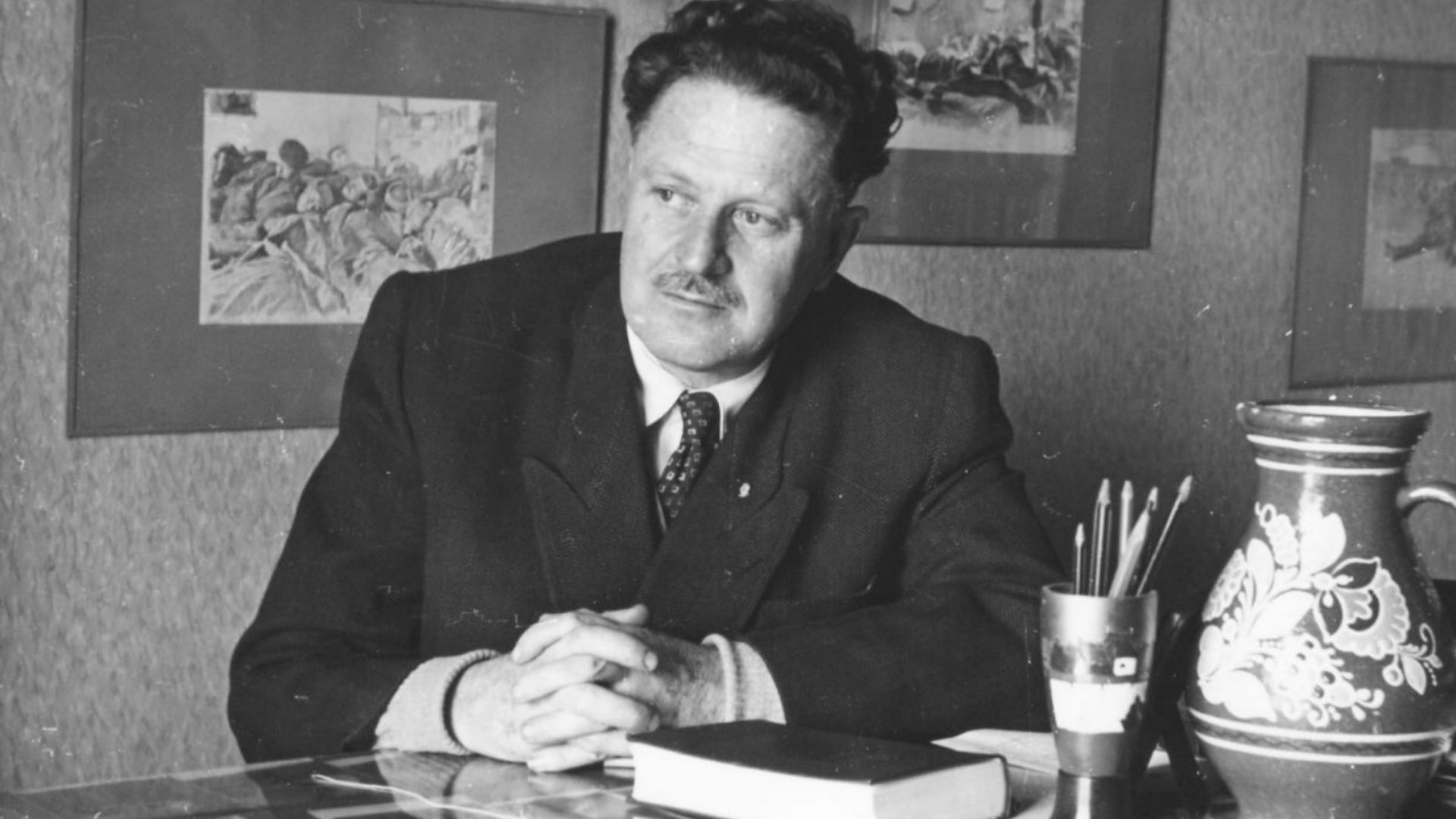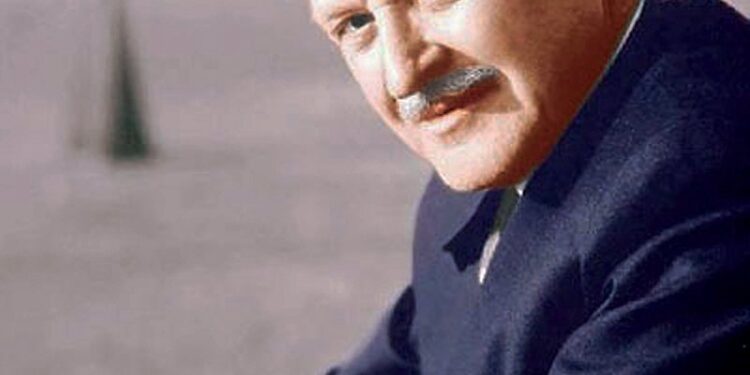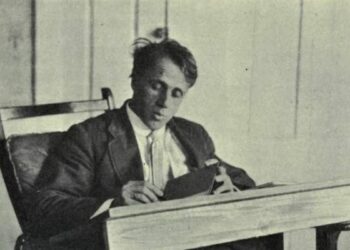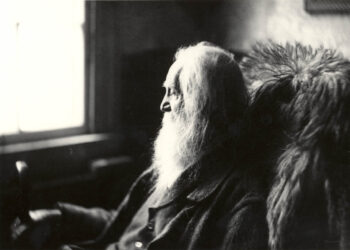On Living Poem Summary Line by Line
On Living Poem Summary
Lines 1-2: The speaker begins by emphasizing the importance of living life to the fullest. “Living is no laughing matter” suggests that life is serious and should not be taken lightly. It sets the tone for a contemplative exploration of the complexities of existence.
Lines 3-4: Hikmet introduces the idea that living involves serious considerations, such as hunger, social injustice, and oppression. The mention of “growing your own bread” implies self-sufficiency and the struggle for basic needs.
Lines 5-6: The speaker addresses the harsh realities of life, including the presence of tyrants and dictators. The phrase “or killing or prison” underscores the potential consequences of resisting oppressive forces.

Lines 7-8: Hikmet contrasts the hardships of life with the beauty found in nature. The mention of “starvation and earthquakes” juxtaposed with “a flowering peach tree” highlights the dual nature of existence, where suffering coexists with moments of beauty.
Lines 9-10: The speaker acknowledges that life can be challenging and unpredictable, filled with both sorrow and joy. The use of “even” suggests a balance between contrasting experiences.
Lines 11-12: Hikmet introduces the theme of resilience, emphasizing that despite life’s difficulties, people endure and survive. The metaphor of a plane crash and passengers surviving conveys the idea that resilience can emerge even in the face of catastrophic events.
Also Read-
- The Weary Blues Poem Summary Line by Line
- Ozymandias by Percy Bysshe Shelley Poem Summary Line by Line
- An American Sunrise Poem Summary by Joy Harjo
Lines 13-14: The speaker reflects on the passage of time, stating that “the sun turns” regardless of individual circumstances. This implies the inevitability of change and the cyclical nature of life.
Lines 15-16: Hikmet explores the concept of free will and choice in life. The speaker suggests that individuals have agency in shaping their destinies, emphasizing the importance of making intentional decisions.
Lines 17-18: The poet touches on the transient nature of life, comparing it to a “flickering lamp.” This metaphor suggests the fragility and brevity of existence.
Lines 19-20: The speaker emphasizes the significance of love in navigating the challenges of life. Love is portrayed as a guiding force that helps individuals overcome obstacles and find meaning in their experiences.
Lines 21-22: Hikmet addresses the inevitability of death, stating that “living is no laughing matter: you must live with great seriousness.” This reflects a sense of urgency and a call to approach life with a profound awareness of its finite nature.
Lines 23-24: The poet introduces the idea that living with seriousness involves both personal responsibility and a commitment to social justice. The mention of “dirty tyrants” suggests a need to confront and resist oppressive forces.
Lines 25-26: The speaker urges individuals to take action and resist injustice. “As long as you have one candle to light” implies that even a small source of hope or resistance can make a difference.
Lines 27-28: Hikmet emphasizes the interconnectedness of humanity. The poet suggests that individual suffering is linked to broader social issues and that collective action is necessary for positive change.
Lines 29-30: The speaker returns to the theme of resilience, asserting that individuals must endure and persist despite challenges. The metaphor of “a little bit of sugar” implies finding sweetness or solace in the midst of difficulties.
Lines 31-32: Hikmet highlights the importance of hope and optimism in facing life’s hardships. The speaker encourages a positive outlook, even in the face of adversity.
Lines 33-34: The poet returns to the image of the flickering lamp, emphasizing the transient nature of life. The repetition of “flickering” reinforces the idea of life’s brevity and the need to appreciate each moment.
Lines 35-36: The speaker expresses a sense of gratitude for life’s experiences, both positive and negative. “For this beastly life” suggests an acknowledgment of the challenges and imperfections of existence.
Lines 37-38: Hikmet concludes the poem by reiterating the theme of living with seriousness. The final lines serve as a powerful reminder of the urgency and significance of embracing life fully, with an awareness of its complexities and the need for resilience and resistance in the face of injustice.
Conclusion
Nazim Hikmet’s On Living is a timeless examination of the human condition contained in verses that have profound meaning and insight. Hikmet emphasizes the seriousness of life and the need to approach it with sincerity as he asks readers to consider the intricacies of life. The poet tackles important subjects like love, resiliency, social justice, and death’s inevitable conclusion with vivid imagery, metaphors, and a complex tapestry of emotions. People are urged to cherish each moment and face obstacles head-on by using the flickering flame as a potent metaphor for life’s fleeting nature.
Hikmet’s call to resist oppression and to actively engage with life reverberates as a rallying cry for embracing both the joys and hardships that define the human condition. The interconnectedness of individual experiences within the broader societal context reinforces the idea that collective action is necessary for positive change. As the poem concludes, readers are left with a profound sense of the urgency to live fully and meaningfully, contributing to a shared narrative that transcends individual existence.
FAQ:
1. Who is Nazim Hikmet?
Nazim Hikmet (1902-1963) was a Turkish poet, playwright, and novelist, widely regarded as one of the most significant literary figures in Turkish and world literature. Known for his commitment to social justice, Hikmet’s works often reflect his experiences, political convictions, and reflections on the human condition.
2. What is the central theme of “On Living”?
The central theme of “On Living” revolves around the profound exploration of life’s complexities. Hikmet delves into the serious aspects of existence, addressing themes such as the challenges of oppression, the beauty of love, the resilience needed to navigate life’s difficulties, and the inevitability of death. The poem encourages readers to approach life with sincerity and purpose.
3. What does the flickering flame symbolize in the poem?
The flickering flame serves as a potent metaphor for the transience and fragility of life. It symbolizes the brevity of existence and the need to appreciate every moment. The recurring imagery of the flame underscores the urgency with which individuals must live purposefully, despite the challenges and uncertainties life presents.
4. How does Hikmet address social issues in the poem?
Hikmet addresses social issues in “On Living” by incorporating references to hunger, oppression, and the struggle against tyranny. The poet emphasizes the interconnectedness of individual experiences with broader societal concerns, calling for active resistance against injustice and collective efforts to bring about positive change.

















